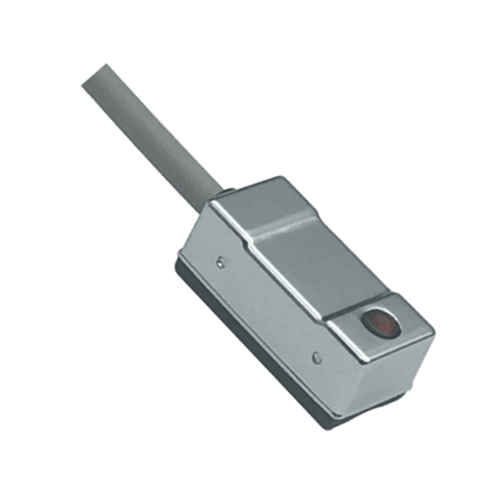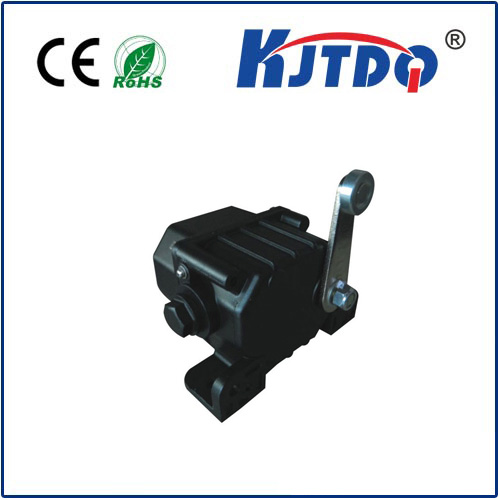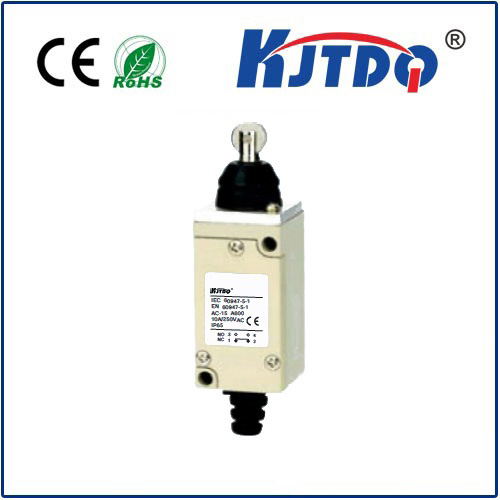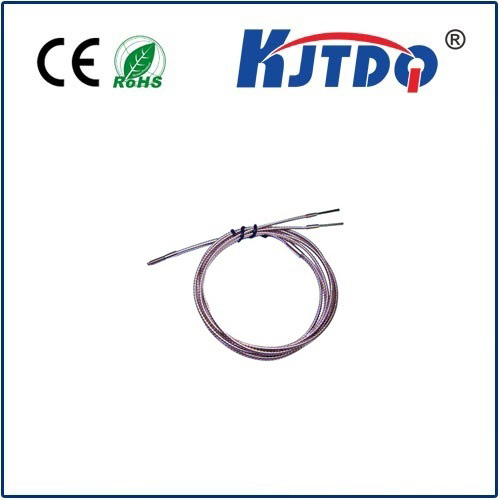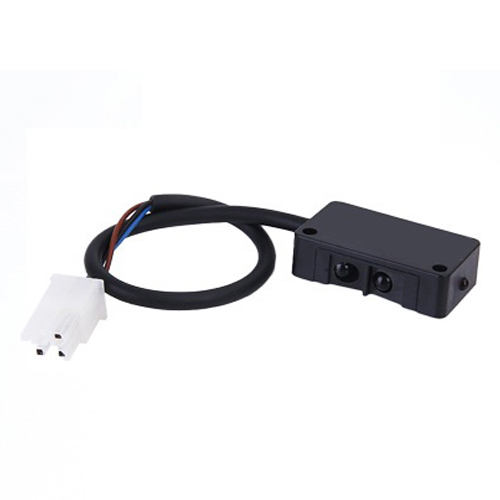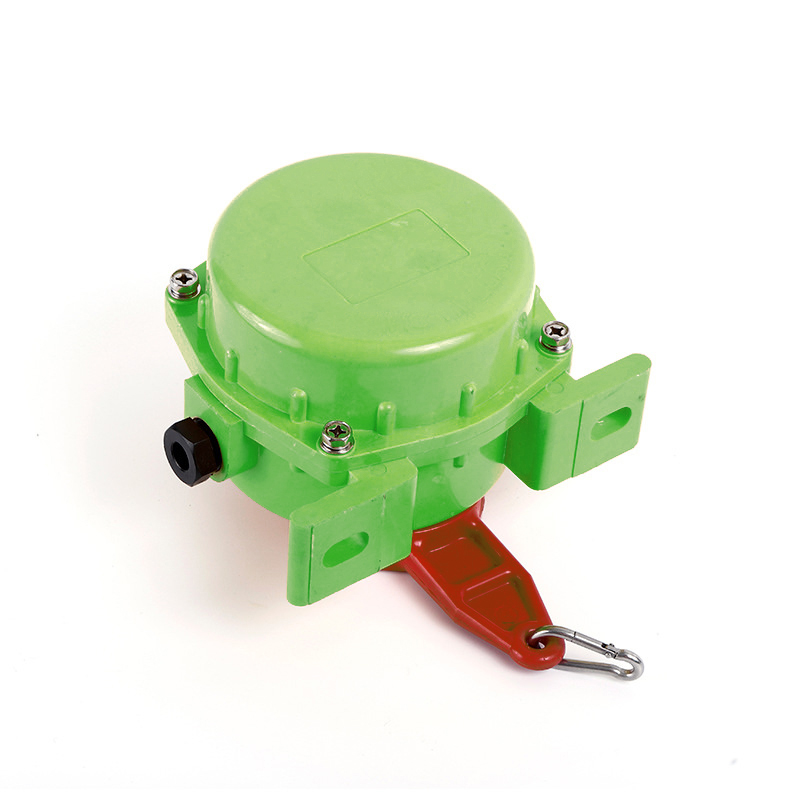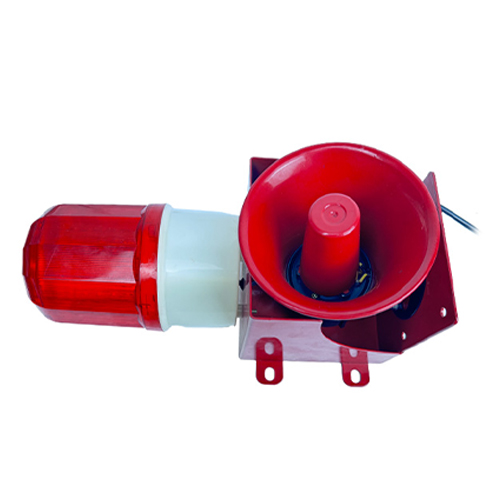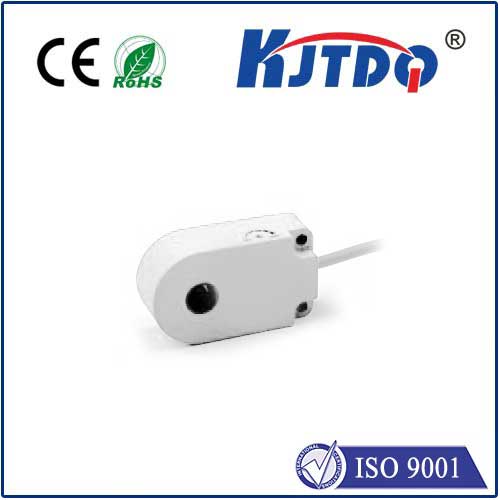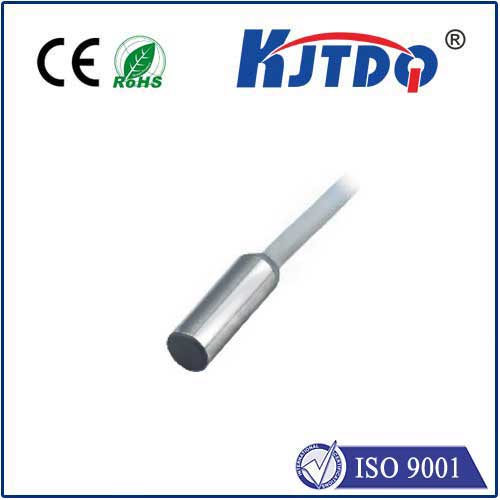

check

check

check

check
uxiliary Limit Switch: Ensuring Furnace Safety and Efficiency
Introduction
In the industrial world, furnaces are essential equipment used for various processes such as metallurgy, ceramics, and glass making. However, the operation of these furnaces requires precision control to avoid accidents and ensure efficient production. One crucial component that helps achieve this is the auxiliary limit switch. In this article, we will discuss the importance of an auxiliary limit switch in furnaces and how it contributes to their safety and efficiency.
The Function of Auxiliary Limit Switches in Furnaces
An auxiliary limit switch is a device installed on furnaces to monitor their position and movement. It works by detecting the presence or absence of mechanical motion within the furnace, such as the opening or closing of doors or the movement of conveyor belts. This information is then transmitted to the control system, which uses it to adjust the furnace's operation accordingly. For example, if a door is left open, the auxiliary limit switch will send a signal to the control system to shut down the furnace, preventing heat loss and potential accidents.
Enhancing Furnace Safety
The primary function of an auxiliary limit switch is to enhance furnace safety. By monitoring the movement of mechanical components within the furnace, it ensures that all safety protocols are followed. For instance, if a door is opened while the furnace is operating, the switch will immediately shut down the furnace to prevent any harm to operators or damage to equipment. Additionally, the switch can also detect abnormal movements within the furnace, alerting operators to potential issues before they become serious.
Improving Furnace Efficiency
Besides enhancing safety, an auxiliary limit switch also plays a crucial role in improving furnace efficiency. By monitoring the movement of mechanical components, it helps optimize the furnace's operation. For example, if a conveyor belt stops moving due to a blockage, the switch will send a signal to the control system to adjust the speed or direction of the belt, ensuring continuous production without interruptions. Furthermore, by detecting when doors are closed or opened, the switch can help regulate the furnace's temperature, reducing energy consumption and improving overall efficiency.
Integration with Control Systems
The effectiveness of an auxiliary limit switch depends on its integration with the furnace's control system. By connecting the switch to the control system, operators can receive real-time feedback on the furnace's status and make adjustments accordingly. This integration allows for automated responses to changes in mechanical movement, reducing the risk of human error and improving overall efficiency. Additionally, modern control systems can analyze data from the switch to identify trends and potential issues, allowing for proactive maintenance and troubleshooting.
Conclusion
In conclusion, an auxiliary limit switch is a crucial component in furnaces that enhances both safety and efficiency. By monitoring the movement of mechanical components within the furnace, it helps prevent accidents and optimize production processes. Its integration with control systems further improves its effectiveness by providing real-time feedback and enabling automated responses. As industries continue to prioritize safety and efficiency, the importance of an auxiliary limit switch cannot be overstated.
